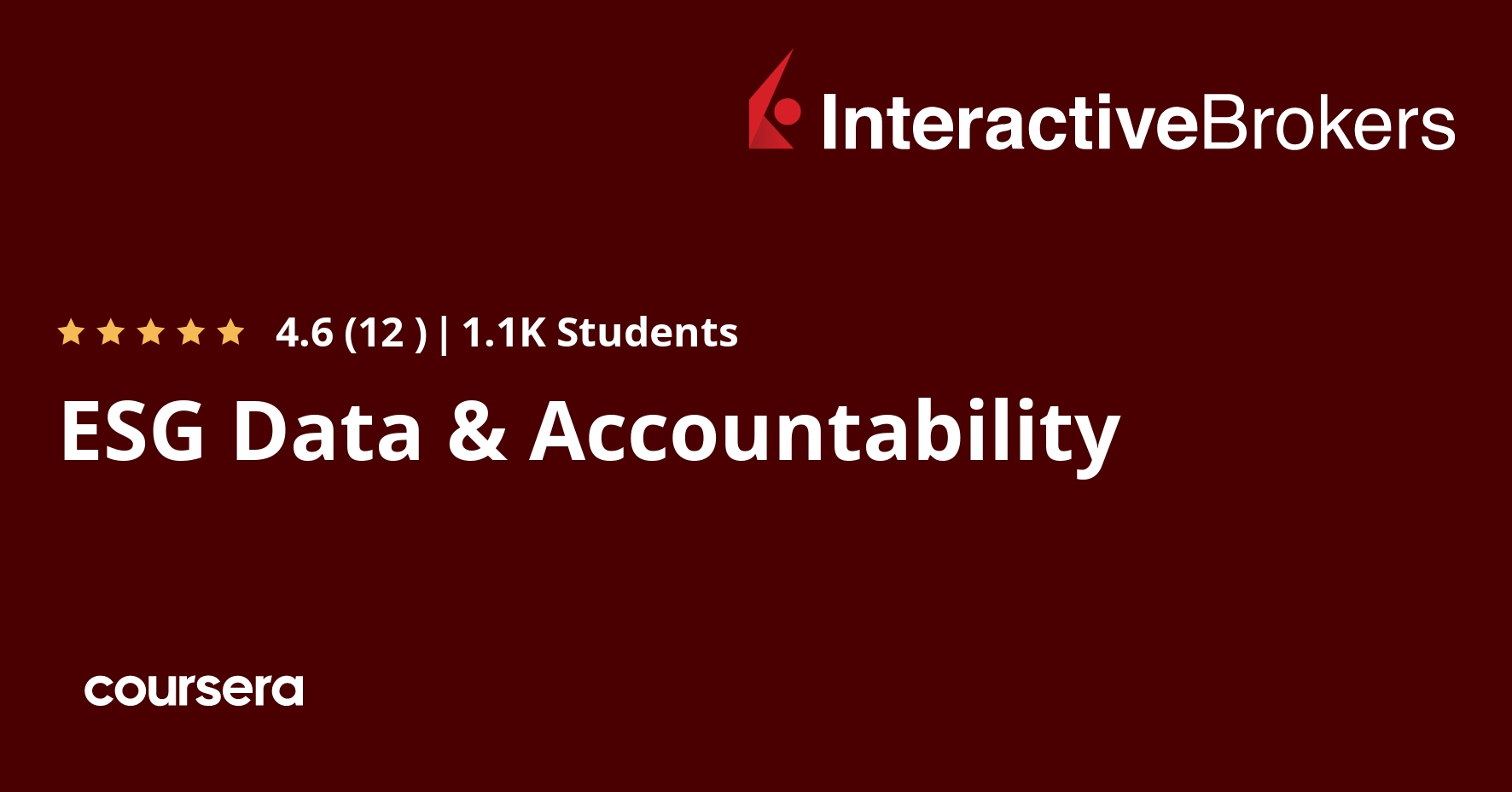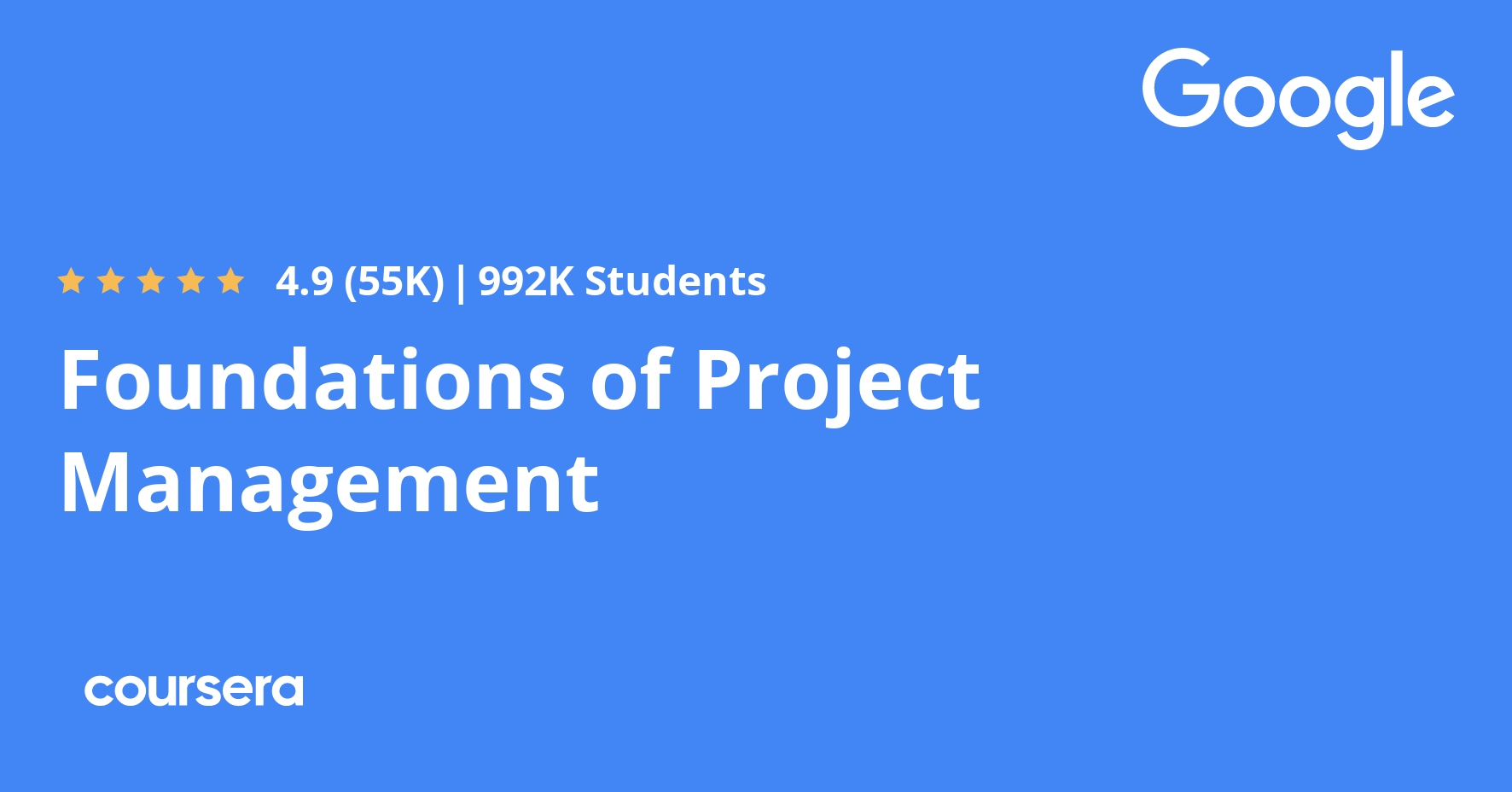Description
In this course, we’ll introduce students with basic knowledge of traditional financial products to data-driven resources they can use to complement their fundamental analysis. We’ll also highlight certain deceptive marketing practices that can paint a rosier picture of addressing ESG-related concerns than may actually be the case.
Moreover, many corporations appear to be growing increasingly aware of the values of the millennial generation, who, according to some industry surveys, appear to account for the vast majority of those who cite ESG as a central goal in their investment plans.
We’ll dive more deeply into these topics, and through a series of video, webinar, and reading modules, among other objectives, you’ll learn to explain how Big Data and artificial intelligence may be used for actionable accountability, and describe inherent challenges in data analysis, as well as differentiate between different forms of deceptive business practices, including green washing, social washing, and pink washing, You’ll also be able to provide insights about how millennial, and younger, investors’ interests may be driving increased attention on ESG investing.
What you will learn
Using Advanced Technology for Further Analysis
As conducting fundamental analysis on ESG-related issues can be quite a daunting task – especially given the massive amounts of variables that may be considered relevant – many companies and organizations have been working to establish more advanced, technological tools and scoring systems to aid in the effort. For example, certain companies, including Refinitiv, Morningstar’s Sustainalytics, FactSet-owned Truvalue Labs, and MSCI, among others, may employ artificial intelligence, with machine learning, natural language processing (NLP) and sentiment analysis algorithms to help arrive at data that may assist in ESG investing analysis. In this module, we will take a broad look at the landscape of how Big Data and certain impact tools can help guide you through making investments in the ESG space.
Exploring Investment Sentiment Signals: Industry Insights from Sentifi (Parts 1-3)
In the following webinar, “Making Informed Investment Decisions with Alternative Data “, you’ll learn how less traditional financial sources – namely investment signals from social media, news, and blogs increasingly offer meaningful insights on market momentum shifts as they occur. Among other features in this presentation, Marina Goche, chief executive officer at alternative data provider Sentifi, evaluates what constitutes “good data” for investment decision-making, how alternative data stacks up, and key considerations in selecting alternative data sources to make informed investment decisions. Goche also walks through certain characteristics of alternative data quality such as reliability, granularity, timeliness, and actionability, and how these may be used to inform investors’ buy, sell, and hold decisions.
Exploring Investment Sentiment Signals: Industry Insights from Sentifi (Parts 4-6)
The “Making Informed Investment Decisions with Alternative Data” webinar continues with Marina Goche, CEO of Sentifi, illustrating how alternative data may close the timeliness gap with traditional data sets, how investment sentiment signals from ESG events may impact asset valuations, such as a company’s stock price, and explores how investors may rebalance a portfolio using investment sentiment signals based on ESG events.
Exploring Investment Sentiment Signals: Industry Insights from Sentifi (Parts 7-8)
The “Making Informed Investment Decisions with Alternative Data” webinar continues with Marina Goche, CEO of Sentifi, fielding participants’ questions about investment sentiment signals, such as corruption, provides details about how machine learning models can help determine source credibility, and addresses how alternative data may be considered “actionable” when making investment decisions and rebalancing a portfolio. Goche also highlights certain technology features designed to handle Sentifi’s massive volume of alternative data sets.





